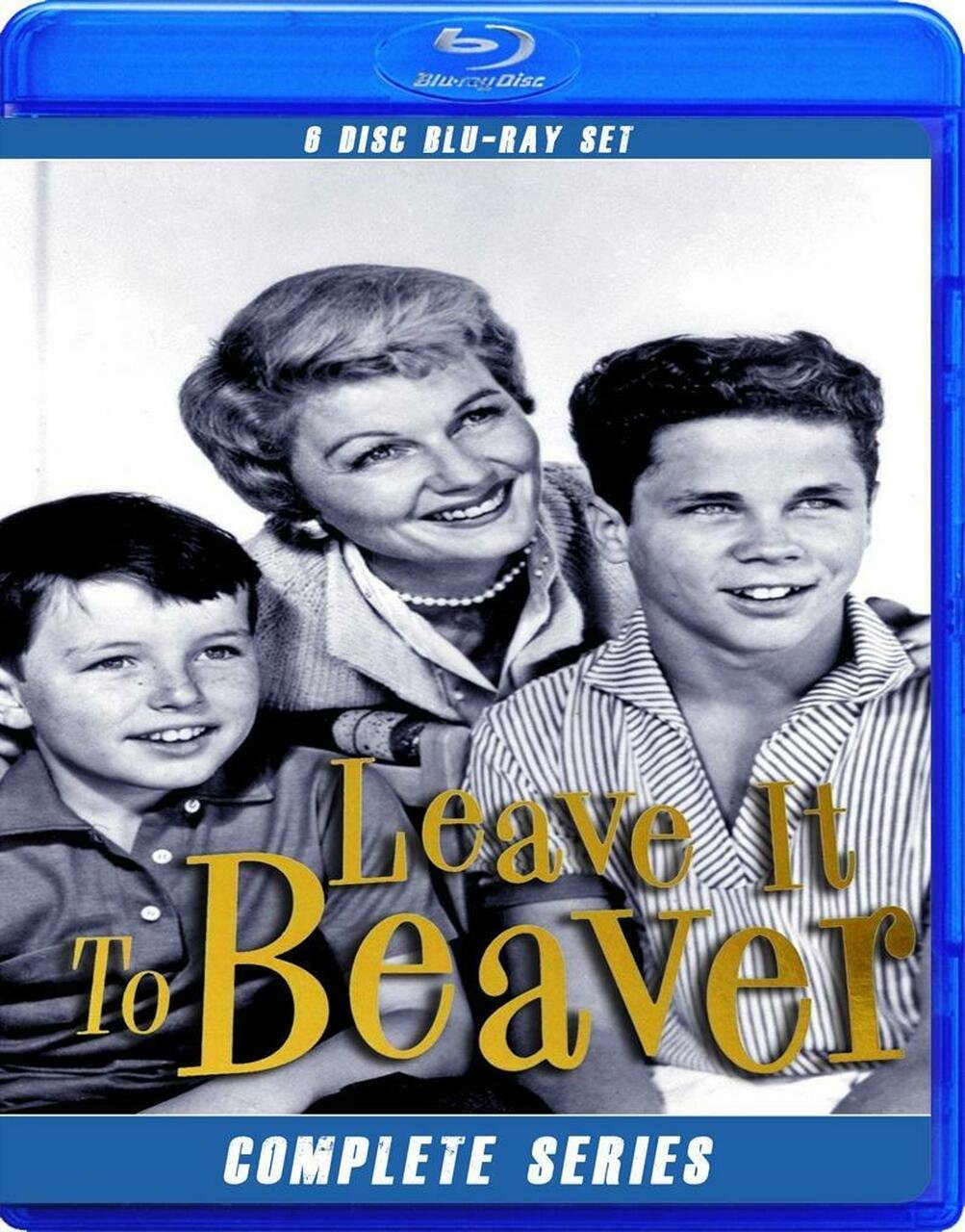Ever wondered how a seemingly simple television show could capture the essence of American family life in a bygone era? **Leave It to Beaver, a 1950s and 60s sitcom, didn't just entertain; it became a cultural touchstone, reflecting and shaping societal values of the time.**
The show, which ran for six seasons, offered a window into the lives of the Cleaver family: Ward, the ever-wise father; June, the epitome of the perfect homemaker; and their two sons, Wally and Theodore, affectionately nicknamed Beaver. Their suburban existence, filled with schoolyard antics, family dinners, and life lessons, resonated deeply with audiences, creating a legacy that continues to endure. The show's black-and-white format, while a product of its time, lends a certain nostalgic charm, making the Cleavers' world feel both familiar and idealized.
To fully appreciate the impact and intricacies of this iconic series, let's delve into a comprehensive overview of its episodes, key players, and the enduring appeal that has cemented Leave It to Beaver in television history.
| Personal Information | Details |
|---|---|
| Full Name | Theodore Beaver Cleaver |
| Born | (Fictional) |
| Parents | Ward Cleaver and June Cleaver |
| Siblings | Wally Cleaver |
| Residence | (Fictional, typical suburban home) |
| Career | Details |
| Occupation | Student (Elementary and Junior High School) |
| Interests | Playing with friends, outdoor activities, getting into (minor) trouble, learning from his mistakes |
| Professional Information (Actors) | Details |
| Actor (Beaver) | Jerry Mathers |
| Actor (Wally) | Tony Dow |
| Actor (Ward) | Hugh Beaumont |
| Actor (June) | Barbara Billingsley |
| Director/Creators | Joe Connelly and Bob Mosher |
| Original Run | October 4, 1957 – June 20, 1963 |
| Number of Episodes | 234 |
| Peak Position | #Not in the Top 25 |
| Authentic Website Reference | IMDb |
The series debuted on October 4, 1957. The show's success wasn't immediate, it gradually found its audience, quickly becoming a staple in American households. It was originally broadcast on CBS. Leave It to Beaver offered a glimpse into the suburban American Dream of the time: a well-kept home, a loving family, and the everyday challenges of childhood.
The storylines, while seemingly simple, often explored complex themes relevant to young viewers. Each episode, typically around 25 minutes in length, presented a self-contained narrative, easily digestible for its target audience and perfect for a family viewing experience. The Cleaver family navigated situations ranging from schoolyard disputes to the complexities of social etiquette and the lessons learned from these experiences formed the core of each episode. The show was a gentle guide to life for many children and adults alike.
The show's creation is attributed to Amos 'n' Andy writers Joe Connelly and Bob Mosher. Their experience in crafting comedic scenarios and relatable characters was instrumental in shaping the tone and humor of Leave It to Beaver. Their writing captured the innocence of childhood and the gentle guidance of parenthood, creating a show that was both funny and heartwarming. Connelly and Mosher, successfully tapped into the zeitgeist of post-war America, creating a television show that reflected the values of the era.
The first season, which premiered on CBS, consisted of 39 episodes. The series then moved to another network where it continued to thrive, demonstrating its lasting appeal and the depth of its audience connection. The second season, which premiered in October 1958, also featured 39 episodes, and followed the continuation of the Cleaver family’s adventures.
One memorable episode involved Beaver's interaction with a friend from summer camp, Chopper, who came to stay with the Cleavers. This episode provided insights into different family dynamics, showing Beaver the contrasting lifestyles and the challenges of adjusting to different perspectives. Similarly, in another episode, the series explored Beaver's quest to win a new bicycle in a contest. These stories, although simple in nature, resonated with viewers, offering both entertainment and moral lessons.
The show's impact on popular culture is undeniable. Leave It to Beaver provided a template for numerous family sitcoms that followed. The Cleavers, with their wholesome values and relatable experiences, became an enduring symbol of the American family, reminding viewers of a simpler time. The series' ability to offer comfort, humor, and life lessons ensured its place in television history. Its enduring popularity is a testament to the power of storytelling and the universal appeal of the family unit.
The series aired a total of 234 episodes. It stands as a testament to the enduring power of family, the innocence of childhood, and the importance of values such as honesty, kindness, and respect. The legacy of Leave It to Beaver is a reminder of the impact that television can have in shaping our understanding of the world around us.
The show's success also stemmed from the perfect casting of the Cleaver family. Hugh Beaumont and Barbara Billingsley, as Ward and June, respectively, played the ideal parents, offering guidance and wisdom to their sons, Wally and Beaver, portrayed by Tony Dow and Jerry Mathers. The chemistry between the cast was palpable, adding to the show's charm and authenticity.


